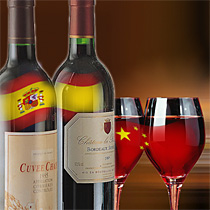Looking for more insights?
Sign up to stay informed about our latest article releases.
For those Chinese who no longer down their wine with a large splash of Sprite, Torres -- the 300-year-old Spanish wine-making dynasty -- has a plan. Alongside a major importing and distribution business in China, its new consumer division is spreading out from the hotels and restaurants in the big cities to sell wine directly to untapped markets from department stores, supermarkets and its own shops, requiring a big shift in operations, sales and marketing. In what Torres China's general manager calls the "biggest change" to its strategy in recent years, the hard work is only just beginning.

Sign up to stay informed about our latest article releases.